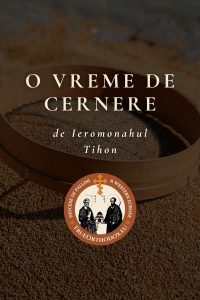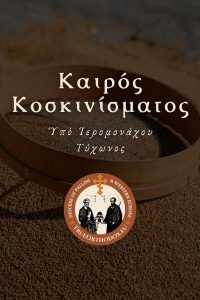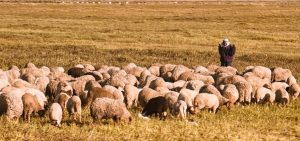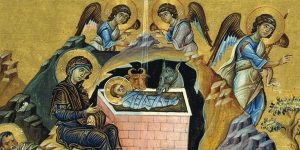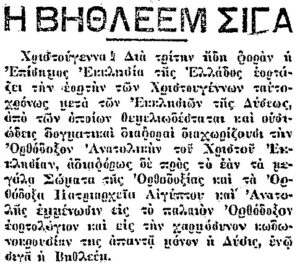Understanding Hesychasm: The Heartbeat of True Orthodox Spirituality
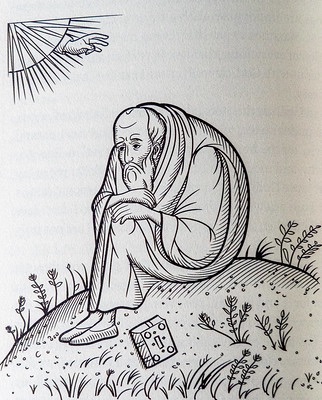
Hesychasm, a mystical tradition deeply rooted in the True Orthodox Church, offers a pathway to inner peace and divine communion through silent prayer and stillness. Originating from the Greek word “hesychia,” meaning silence or stillness, this practice encapsulates the essence of a quiet, contemplative life devoted to God.
The Historical Roots of Hesychasm
The tradition of Hesychasm can be traced back to the early Christian desert fathers, particularly in the 4th century, who sought solitude in the deserts of Egypt, Palestine, and Syria. They pursued a life of asceticism and unceasing prayer, aiming to experience God’s presence in a profound and personal way. Saint Anthony the Great and Saint Macarius of Egypt are among the notable figures who laid the foundation for this spiritual path. They often times didn’t even know how to read, so “the prayer” (the Jesus Prayer) took over for the complete prayers of the day.
The formal development of Hesychasm, however, is often associated with the 14th-century Saint Gregory Palamas. His theological works defended the Hesychast practice against critics and articulated the distinction between God’s essence and His energies, a crucial aspect of Orthodox theology. St. Gregory asserted that through Hesychasm, one could experience the divine energies of God, though not His essence, fostering a direct, experiential knowledge of the divine so different from that of the Latins.
The Practice of Hesychasm
At the heart of Hesychasm lies the Jesus Prayer: “Lord Jesus Christ, Son of God, have mercy on me, a sinner.” This simple yet profound invocation is repeated continuously, fostering an atmosphere of inner quiet and attentiveness. The goal is to internalize the prayer to the extent that it becomes as natural as breathing, integrating seamlessly into the practitioner’s life.
The practice involves several a couple of elements:
- Solitude and Stillness: Hesychasts often seek secluded environments where external distractions are minimized. This physical solitude mirrors the inner stillness they aim to cultivate.
- Continuous Prayer: The goal is to maintain an unceasing prayerful state, transforming every moment into an opportunity for divine communion.
The Spiritual Journey of a Hesychast
The journey of a Hesychast is often described in three stages:
- Purification: This initial stage involves cleansing the soul from passions and sins, cultivating virtues, and establishing a disciplined prayer life.
- Illumination: As the soul becomes purified, the Hesychast experiences greater clarity and illumination. The continuous practice of the Jesus Prayer opens the heart to divine light, leading to deeper spiritual insights and a more intimate relationship with God.
- Theosis: The ultimate goal of Hesychasm is theosis, or deification—becoming one with God. This does not imply losing one’s individuality but rather, participating in God’s divine nature through His energies. It is the fulfillment of Christ’s promise that His followers would become partakers of the divine nature (2 Peter 1:4).
The Relevance of Hesychasm Today
In a world characterized by noise, distraction, and constant motion, the practice of Hesychasm offers a countercultural approach to spirituality. It invites believers to step away from the chaos and enter into a sacred space of silence and stillness, where the presence of God can be experienced more intimately.
For the True Orthodox faithful, Hesychasm is not merely an ancient tradition but a living, breathing practice that can transform one’s spiritual life. It serves as a reminder that the quest for divine communion is timeless, transcending the bounds of history and culture.
As we navigate the complexities of modern life, the wisdom of the Hesychast tradition provides a beacon of hope and a pathway to peace. By embracing the stillness within, we open ourselves to the transformative power of God’s love, finding solace and strength in His eternal presence.
In conclusion, Hesychasm stands as a testament to the profound depth and beauty of Orthodox spirituality. It calls us to a life of prayer, silence, and divine communion, guiding us ever closer to the heart of God. Whether we are in the bustling cities or the serene monasteries, the practice of Hesychasm can lead us to a deeper, more fulfilling relationship with the Divine.


